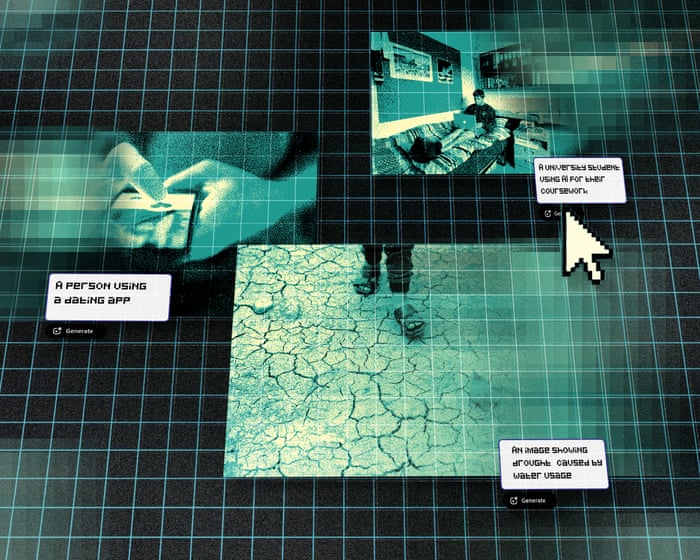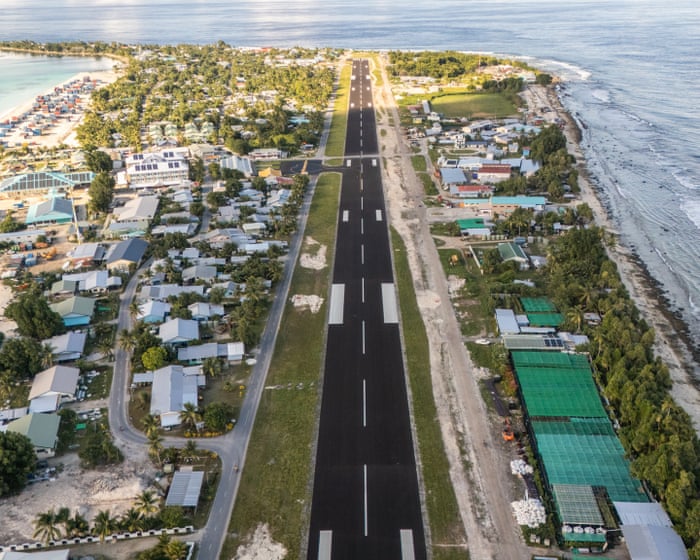The Guide #204: The local dystopian TV shows captivating global audiences
In this week’s newsletter: A new wave of post-apocalyptic dramas are serving up disaster tales shaped by the cultures they come from, and the results are fascinating
I’m scandalously late to The Eternaut (El Eternauta), the Argentinian dystopian thriller that was released way back in April on Netflix. I inhaled all six episodes of the show’s first season only a few weeks ago, after a glowing review on the podcast The Watch (which was also fairly late to it, making me feel a little better about my own finger-off-the-pulseness). Anyway, it’s absolutely terrific, an end-of-the-world chiller that is vividly, realistically rooted in the socio-politics of the country in which it is set. This despite a premise that sees Buenos Aires beset by an unseasonal flurry of what turns out to be killer snow.
That specificity, as anyone familiar with The Eternaut will know, is mixed into the story’s foundations. The show is based on Héctor Germán Oesterheld’s 1957 comic strip of the same name, which proved eerily predictive of the civil unrest and lurch into authoritarianism that would beset the country in the following decades. Of course, the reason for said unrest is very different: in the show and comic, an alien invasion causes the snowfall, while in real life it was in response to the installation of a military dictatorship. But the effects are similar: distrust between communities, paranoia and violence. Indeed, Oesterheld would be a victim of the turmoil he imagined in his strip: having joined a leftist group opposed to Argentina’s ruling military junta, he, as well as his four daughters (two of them pregnant) and four sons-in-law, were disappeared in 1977, and a new appeal to find the family members was launched in the wake of Netflix’s adaptation.
Continue reading...
© Photograph: Marcos Ludevid/Netflix

© Photograph: Marcos Ludevid/Netflix

© Photograph: Marcos Ludevid/Netflix




































































